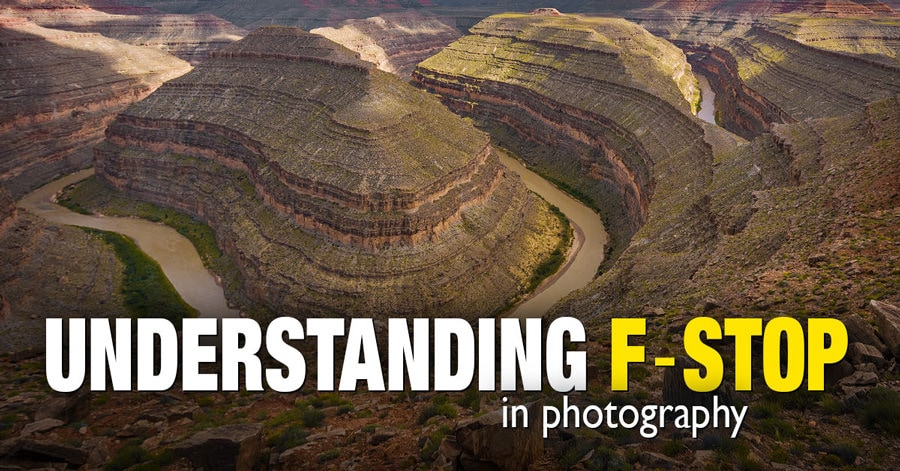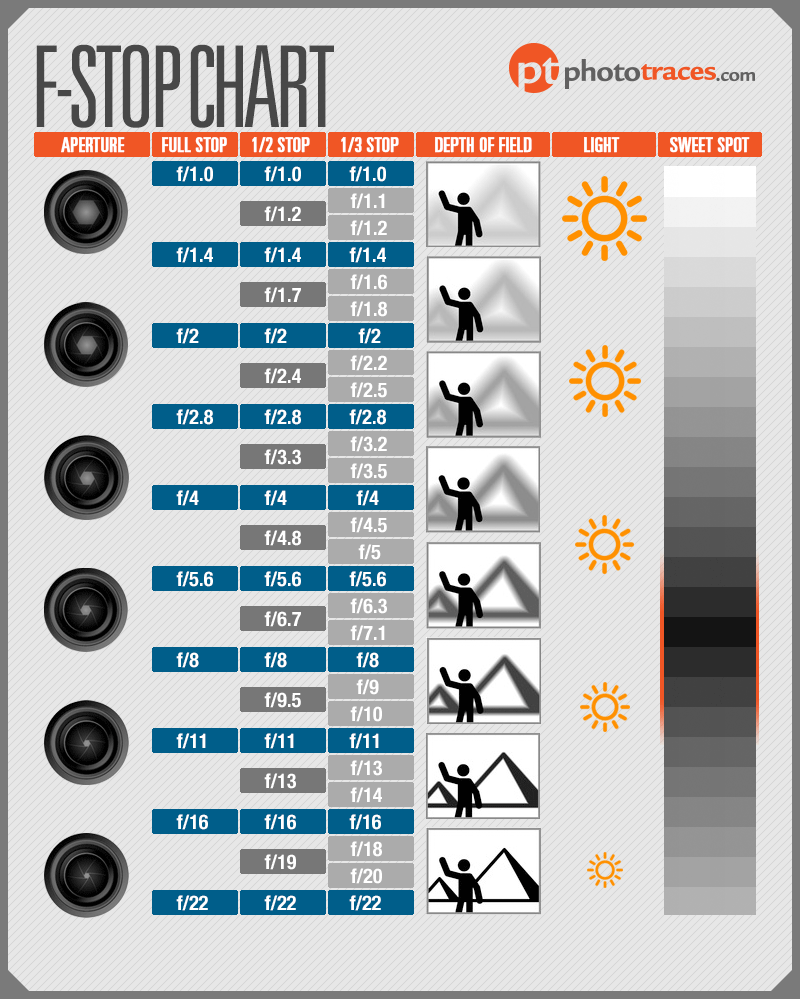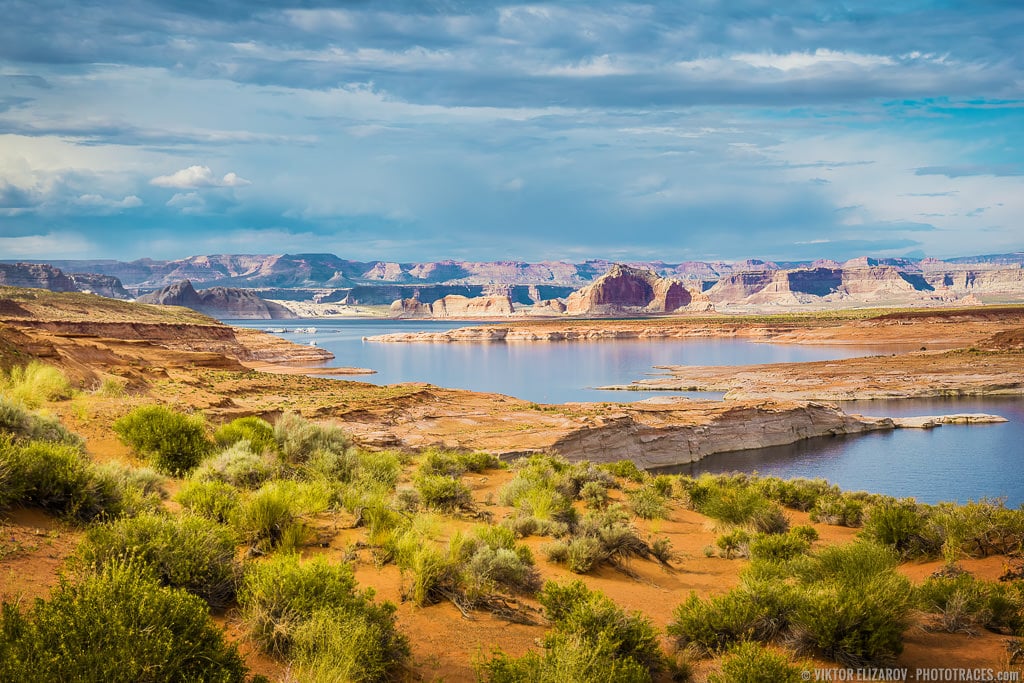If you happen to’re trying to perceive aperture in pictures, then you definately’ve come to the suitable place. F-Cease Chart infographic graphically illustrates the completely different options of aperture and its relationship to the lens, F-stop, depth of subject and light-weight
On this article, I’m going to cowl the ins-and-outs of aperture in pictures–in order that by the point you’ve completed, you’ll know:
- F-Cease Chart Infographic as a CheatSheet for photographers
- What f-stop is
- Why f/1.8 is larger than 1/22
- Relationship between F-stops and depth of subject

Newbie photographers are sometimes confused by the time period “f-stop”. They know it’s one way or the other associated to the idea of aperture and has one thing to do with depth of subject however aren’t certain what precisely it stands for.
Do you’re feeling the identical? Don’t fear since you’re definitely not alone. F-stop is certainly some of the difficult ideas for everybody who makes his first steps in pictures. It’s also an important one which you could’t actually do with out.
My aim with this text is to elucidate in plain phrases every thing you have to learn about f-stops. I hope on the finish all of your questions can be answered.
Let’s start.
F-Cease Chart Infographic
Since photographers are visible creatures, I put collectively the F-Cease Chart that graphically illustrates the completely different features of aperture and its relationship with the lens, F-stop, depth of subject, and light-weight.

Aperture
The dimensions of the aperture within the F-Cease Chart doesn’t signify the precise measurement of the aperture precisely. It’s right here that will help you to visualise the connection between completely different apertures. For instance, the precise space of the aperture on 50mm lens at f/22 is just 4 sq. millimeters massive. It might be unimaginable for instance such a tiny opening.
Associated: High 10 Outside Pictures Ideas
Full Cease – 1/2 Cease – 1/3 Cease
Trendy digital cameras enable us to alter the aperture in quite a lot of increments, ranging from full cease to one-third cease. For instance, by altering the f-number from f/8 to f/9 we solely cut back the quantity of the sunshine that passes by the lens by one-third. The F-Cease Chart shows the connection between one-stop, half-stop and third cease increments.
Depth of Subject (DOF)
Visible illustration of the connection between the Depth of Subject (DOF) and the F-Stops. Larger the aperture the shallower DOF. And because the aperture opening is getting smaller the Depth of Subject will get wider.
Gentle
Larger the opening extra mild journey by the lens making our images brighter. The smaller opening ends in much less mild and darker photographs.
Candy Spot
The candy spot of a lens is the aperture worth (f-stop quantity) that’s thought-about to supply optimally sharp photographs with the least quantity of distortion and fringing and one of the best sharpness. It varies from one lens mannequin to a different.
See additionally: Ought to You Maintain or Take away EXIF Knowledge out of your Pictures
Every lens is completely different however ingeneral the aperture vary of f/5.6 – f/11 produces the sharpest and the cleanest photos.
The candy spot for my go-to lens Sony 16-70 f4 is f/8.

If you wish to determine the candy spot of your lens merely Google the question “Lens Mannequin + Candy Spot” and one can find the the “candy spot” of your lens with ease.
F-stop and aperture
As I stated above, f-stop and aperture are interrelated. In reality, you may’t clarify the previous with out the latter.
You already know aperture is the opening in your lens that lets mild into your digital camera. You additionally know that the larger the opening, the extra mild enters the digital camera. Analogically, the smaller it’s, the much less mild it allows.

By f-stop we merely imply a quantity that corresponds to a sure aperture. It appears to be like like this: f/1.8, however you can even see it appear to be this: f1.8.
f/1.8 is an instance of an enormous (or open) aperture that can let plenty of mild in. An instance of a small (or closed) aperture could be f/22.
And that is the place issues get a bit of bit complicated…

How come f1/8 means an even bigger aperture than f/22?
That is normally the purpose that perplexes every beginning photographer. If I desire a huge aperture, why do I select a smaller quantity?
Properly, the factor is you don’t select a smaller quantity. F-stops aren’t full numbers. They’re fractions. Consider f/8 as one-eighth and of f/22 as one-twenty-secondth.
Associated: 20 Ideas for Gorgeous Sundown Pictures
Identical to in arithmetic, then, 1/8 is larger than 1/22. If you happen to get 1/8 of a cake, you’ll be luckier than in case you get 1/22 of it, proper? The logic is identical with f-stops. f/8 means an even bigger aperture than f/22.
To sum up, if you need an enormous aperture, you have to select an f-stop from the vary f/1.4 – f/5.6. And if you need a small one, choose up from f/8 and above.

OK, however why 1.4, 8 or 22? What do these numbers stand for?
As you most likely guess, these aren’t simply random numbers.
To start with, the “f” in “f/8” stands for “focal size”. If you happen to change this f within the fraction with the worth of the focal size of the lens you’re utilizing, you’ll get the diameter of your aperture.
Let’s say, you’re now utilizing an 80mm lens. If the f-stop you wish to select is f/8, you’ll get the fraction 80/8. 80 divided by 8 is 10. So the opening in your lens is precisely 10 millimeters throughout.
If we had a 50mm lens and an f-stop of f/1.0, our aperture could be 50 millimeters throughout. In different phrases, its diameter could be equal in size to the focal size of the lens.
Associated: Greatest digital camera to {photograph} stars
Right here, although, it’s essential to tell apart between the diameter of the aperture (measured in millimeters) and its space (measured in sq. millimeters). If we select f/1.4 on that very same 50mm lens, the diameter of the aperture will get smaller by an element of 1.4 however its space can be lowered by an element of two.
This would possibly sound difficult however you don’t actually need to consider it. What you must know, nevertheless, is that by altering the aperture by one cease we both cut back or improve the quantity of sunshine by an element of two.
So, if we cease down the lens from f/8 to f/11 (supplied all different settings keep the identical), we enable twice as little mild. If we alter the aperture from f/5.6 to f/4, we double the quantity of sunshine that can hit the sensor.

The aperture opening may be very small,
about ten instances smaller than the focal size of fifty mm.
It makes f-stop round f/10-f/11.
The everyday vary of f-stops a digital camera helps is f/1.8 – f/22, consisting of the next f-stops:
f/1.8, f/2.0, f/2.8, f/4, f/5.6, f/8. f/11, f/16, f/22
There are different f-stops, after all. Some cameras assist f-stops up from f/1.4 all the way down to f/32.

Do I want a lens that helps an even bigger most aperture?
You may have certainly seen that every lens identify comprises the utmost f-stop it helps. My Fujinon 35mm f/1.4, subsequently, permits me to make use of f-stops up from f/1.4.

Fujifilm XT2 with Fujinon 35 f/1.4
Such lenses are sometimes known as “quick” as a result of they allow you to get extra mild into the digital camera with out having to resort to slower shutter speeds. That is helpful when, for instance, you wish to shoot a picture and not using a tripod. The large aperture will enable sufficient mild by the lens so that you don’t have to make use of slower shutter velocity and threat getting a blurred image on account of hand motion.
Associated: The best way to Maintain the Horizon Straight in Your Pictures
Quick lenses, nevertheless, are typically among the many costliest so it’s essential to contemplate whether or not investing in it is going to be value for you.

F-stops and depth of subject
Within the introduction, I discussed “depth of subject” and its relation to aperture/f-stops. I’ve lined this matter extensively right here.
In brief, although, the aperture immediately influences how a lot of your {photograph} will seem sharp. Large apertures within the vary of f/1.4-f/5.6 create a shallow depth of subject with simply your object (or elements of it) showing sharp. Small apertures (f/8-f/22) enable for a big depth of subject the place every thing from foreground to background could also be sharp.
Do you continue to discover f-stops complicated?
It needs to be a bit clearer now, isn’t it? I notice simply studying about it might not make it easier to. So seize your digital camera and discover the vary of f-stops it helps. Change no settings other than the aperture after which analyze the outcomes. Then return to the article and it ought to already make sense.
If you happen to nonetheless have any questions left, be happy to ask me within the feedback under.
